Kids insoles have indeed become integrative in service for comfort and health, especially since children’s feet keep growing and developing. The manufacture of kids insoles has moved with the development in technology and materials to ensure maximum support, durability, and comfort. This article explores some of the key processes and technologies in the making of long-lasting kids insoles and describes why they are important in active children.
1. Production Basics of Kids Insoles
What Are Kids Insoles?
Kids’ insoles are special forms of foot support. They address comfort and stability concerns of growing feet. Unlike insoles used by adults, kids’ insoles have to provide room for rapid growth and changing shapes of the feet. Material used in the making of the insoles is aimed at ensuring proper support and cushioning, tailor-made for a child’s needs.
Materials Used in Kids Insoles
The common materials used for kids’ insoles include EVA foam, gel, and carbon fiber. EVA foam, being lightweight, provides good cushioning. Gel insoles give added comfort and shock absorption. Carbon fiber is used, although less extensively, due to the fact that it is strong and rigid; this can therefore be beneficial for kids who take part in much physical activity.
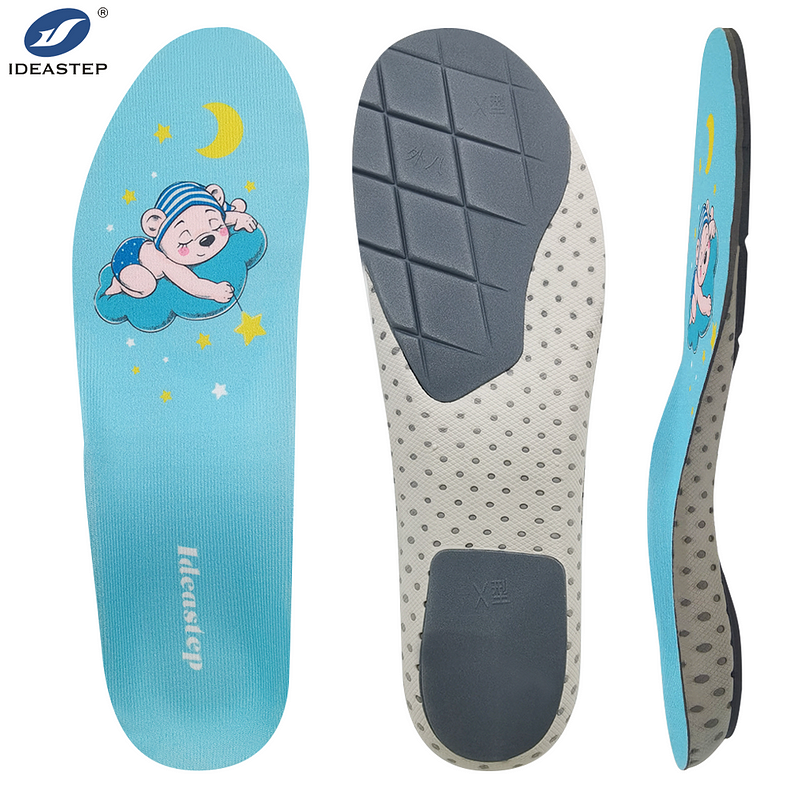
2. Key Processes in Kids Insoles Manufacturing
Design and Prototyping
Designing mainly deals with designing the insoles for particular needs. The designers create prototypes that might involve testing for fit, comfort, and results of the insoles. This stage is quite important and pivotal because it provides avenues whereby designers can make necessary adjustments in advance of mass production.
Cutting and Shaping
Insoles are cut and shaped by various techniques, including die-cutting and laser cutting. Die-cutting is the traditional technique that includes pressing a die into the material, while laser cutting ensures precision and accuracy. Both ways ensure insoles acquire proper shapes to fit in with the foot for enhanced durability.
Adding Support and Cushioning
Support and cushioning are provided by a few techniques. Arch support is given to help in aligning the feet, whereas extra cushioning is provided to absorb the shocks, hence reducing the impact. These features add on comfort maintenance and prevention of injuries.
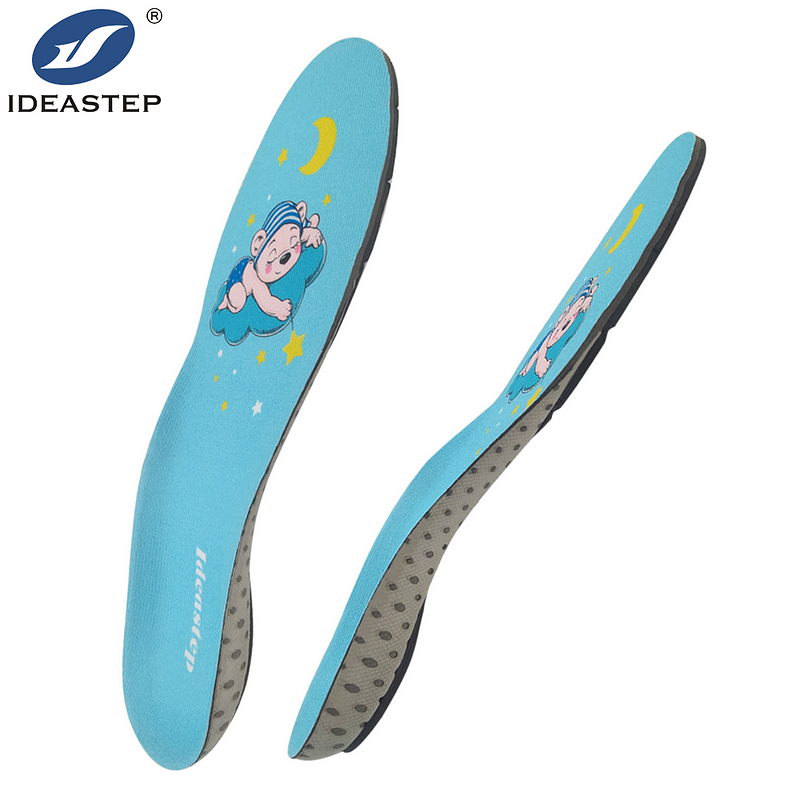
3. Technologies Used in Kids Insoles Production
Advanced Cutting Technologies
Laser cutting and CNC machines produce high-quality insoles. Laser cutting gives neat cuts and accuracy that improve the fitting and finish of insoles. CNC machines provide a great deal of versatility and accuracy for intricate designs and custom features.
3D Printing in Insole Production
3D printing technology has gradually become popular for making customized insoles. This technology can make great details to suit an individual’s foot shape and provide comfort and support. In addition, 3D printing allows one to make prototypes rapidly and necessary adjustments in the design phase.
Quality Control and Testing
Quality control immensely forms the course of production. For example, insoles are always subjected to hard tests to make them pass the durability and comfort tests. It is through quality checks that detectable defects or other problems that would hamper the performance of insoles are brought to light.
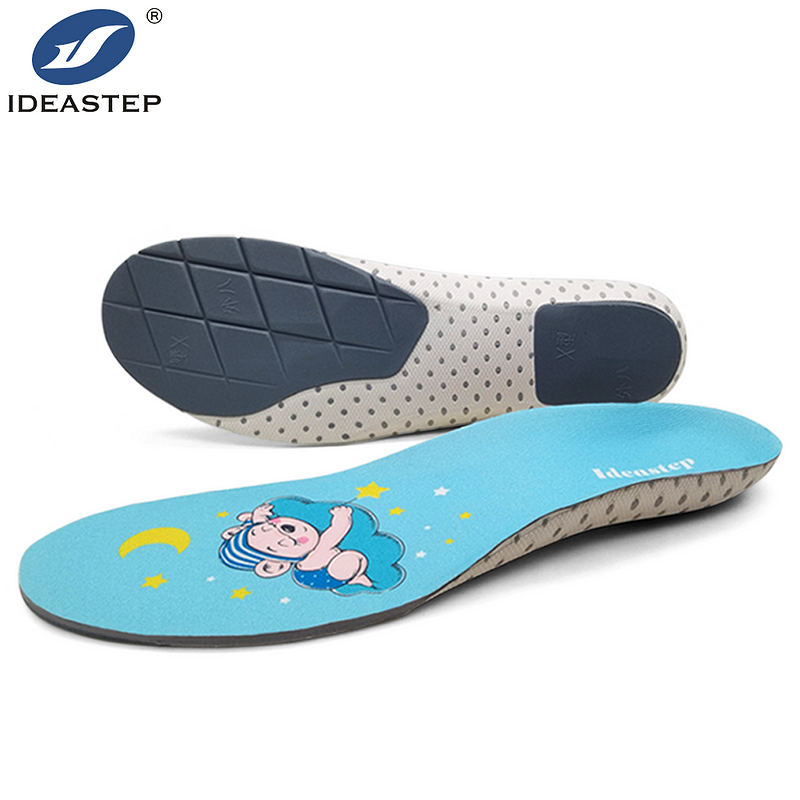
4. Customization and Personalization
Custom Fitting Options
This is a big plus with children’s insoles. There are differences among manufacturers regarding the options available for customizing an insole to match a child’s particular foot model and needs. No doubt about it, customized insoles do ensure an ideal support and comfort level to enhance the experience for the child to the fullest.
Adjustable Features
Some insoles are designed to include adjustable features that provide for growth in the feet. These adjustments prolong the insoles’ lifetime and provide good support on the child’s successful development of his feet.
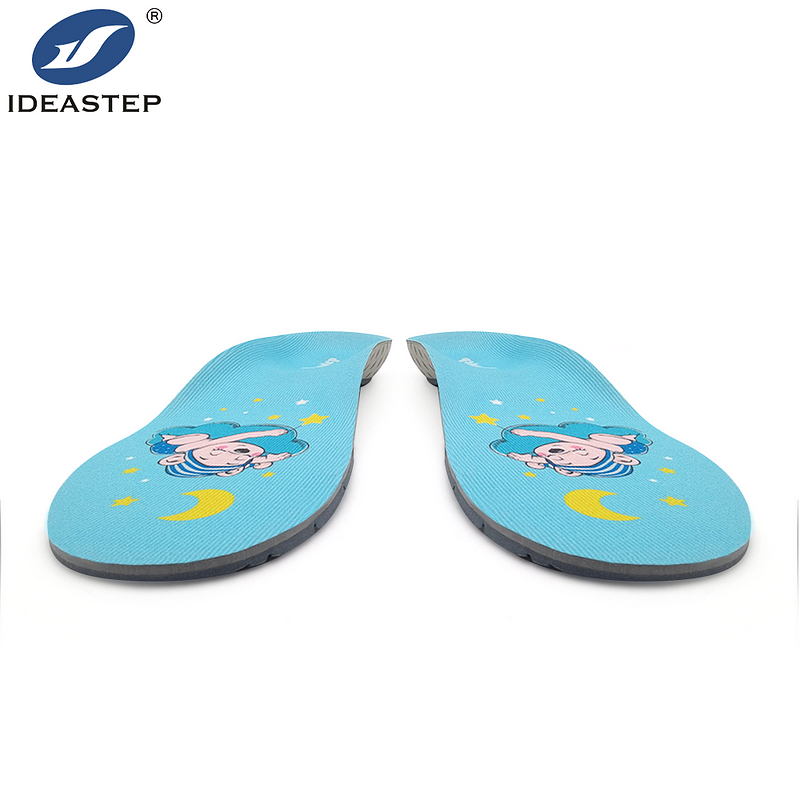
5. Environmental Considerations
Sustainable Materials and Practices
Most kids insoles manufacturers are starting to embrace eco-friendly materials and practices during production. The sustainable materials reduce the environmental impact while responsible manufacturing practices have helped minimize waste and energy consumption.
Recyclability and Waste Disposal
In attempts to reduce environmental impacts further, recycling of old insoles and proper waste disposal is becoming quite important. Many companies involved in manufacturing are taking up recycling so that used insoles are appropriately treated without being harmful to the environment.
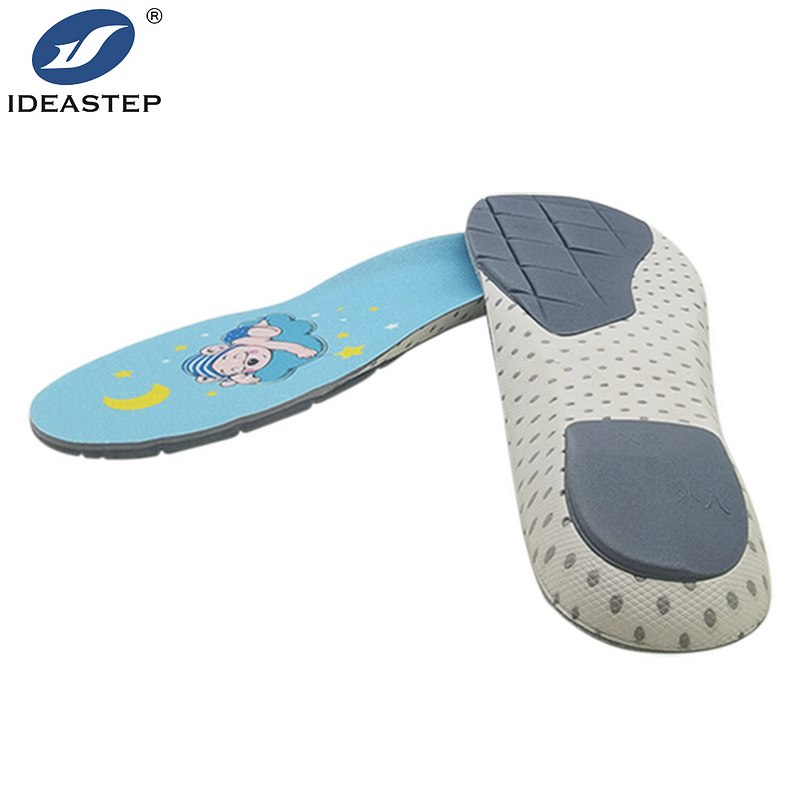
6. Selecting the Right Kids Insoles
Factors to Consider
In selection, consider arch support, cushioning, and fitting of kids’ insoles. The shape and form of the insoles should correspond with the child’s foot shape and activity level to ensure comfort and optimal support.
Professional Recommendations
One can consider consultations with a foot specialist or a podiatrist to learn more about the right option. Professionals are able to recommend options based on the needs of the child and the structure of the foot.
My Experience with Kids Insoles
I being a parent can testify that good-quality kids insoles from Ideastep have really helped improve my child’s comfort and foot health. The precision in design and durability of these insoles have manifested themselves in the substantial reduction of foot fatigue, with improvement in general performance.
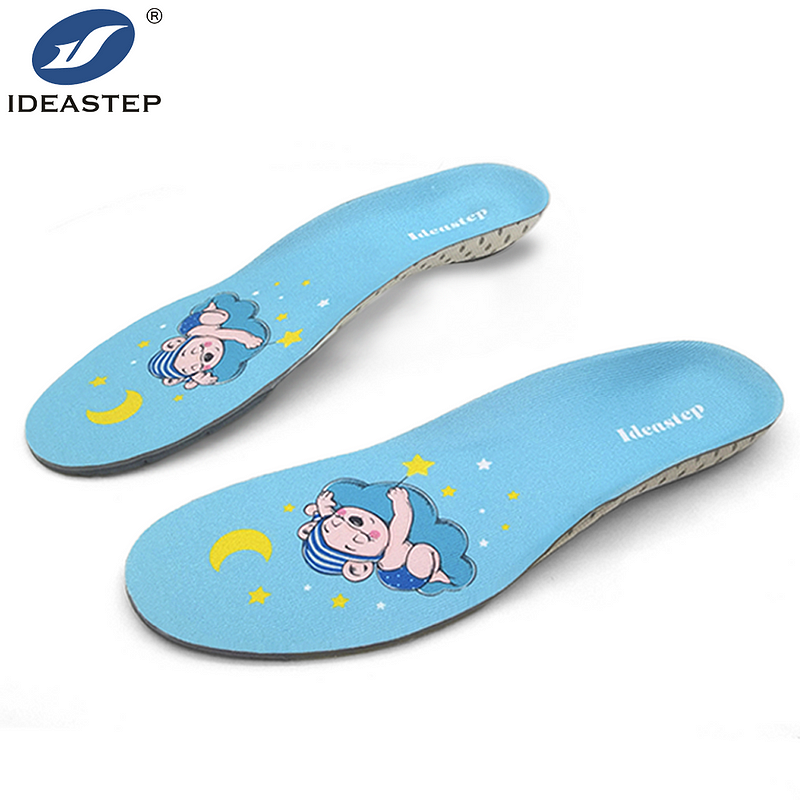
Frequently Asked Questions (FAQs)
What materials are best for kids insoles?
Good quality materials include EVA foam, gel, and carbon fiber because of their supportive and cushioning properties.
How can I tell if kids’ insoles fit?
They should be a size to fit the shape of the foot, give good support yet feel comfortable and not chafe or blister.
Are customized kids’ insoles worth an investment?
Yes, custom insoles offer superior support and comfort to meet the particular needs of the child for the betterment of foot health and overall performance.
How often should kids’ insoles be replaced?
They also can be replaced regularly since the child is growing, or when the insoles wear out.
Can kids’ insoles help specific foot problems?
Yes, insoles may ease pains for common issues like flat feet, high arches, and plantar fasciitis.
If you are interested in kids insoles , you can continue to visit this page (https://www.aideastep.com/kids-insoles/) and tell us your needs.
